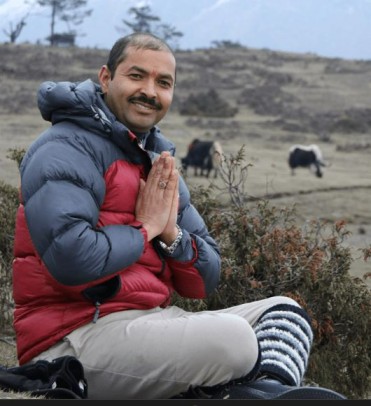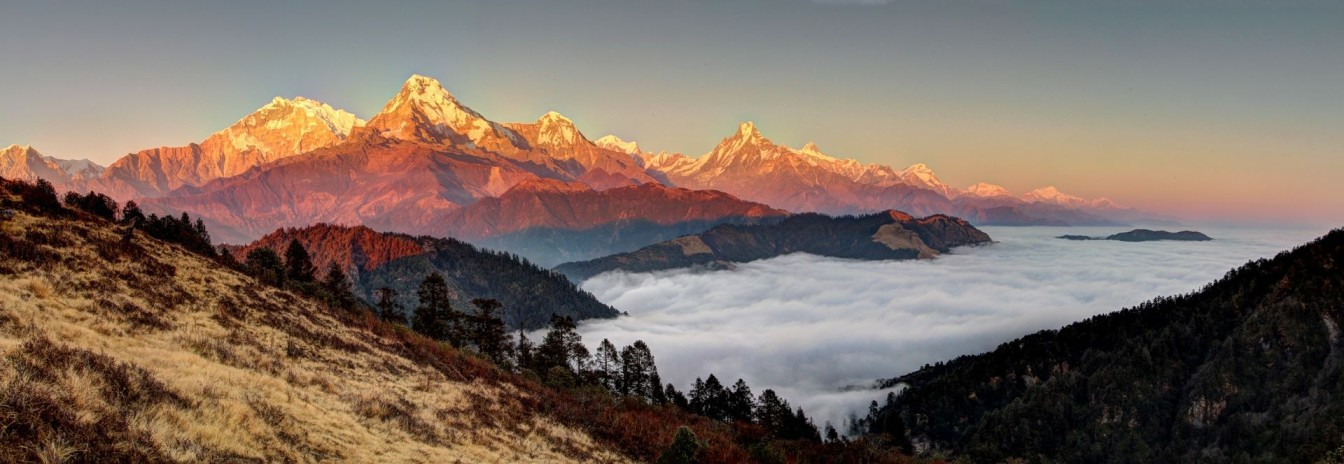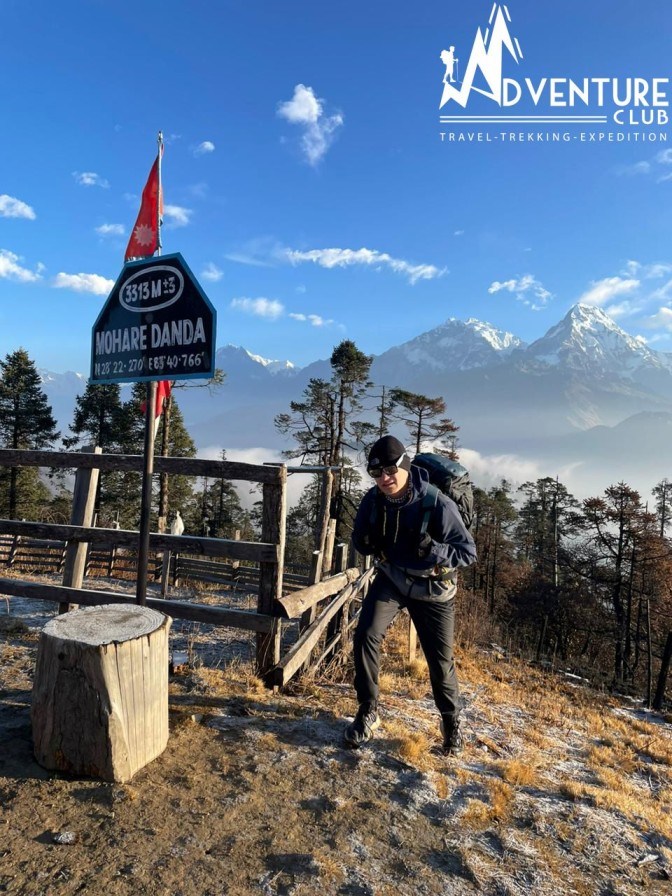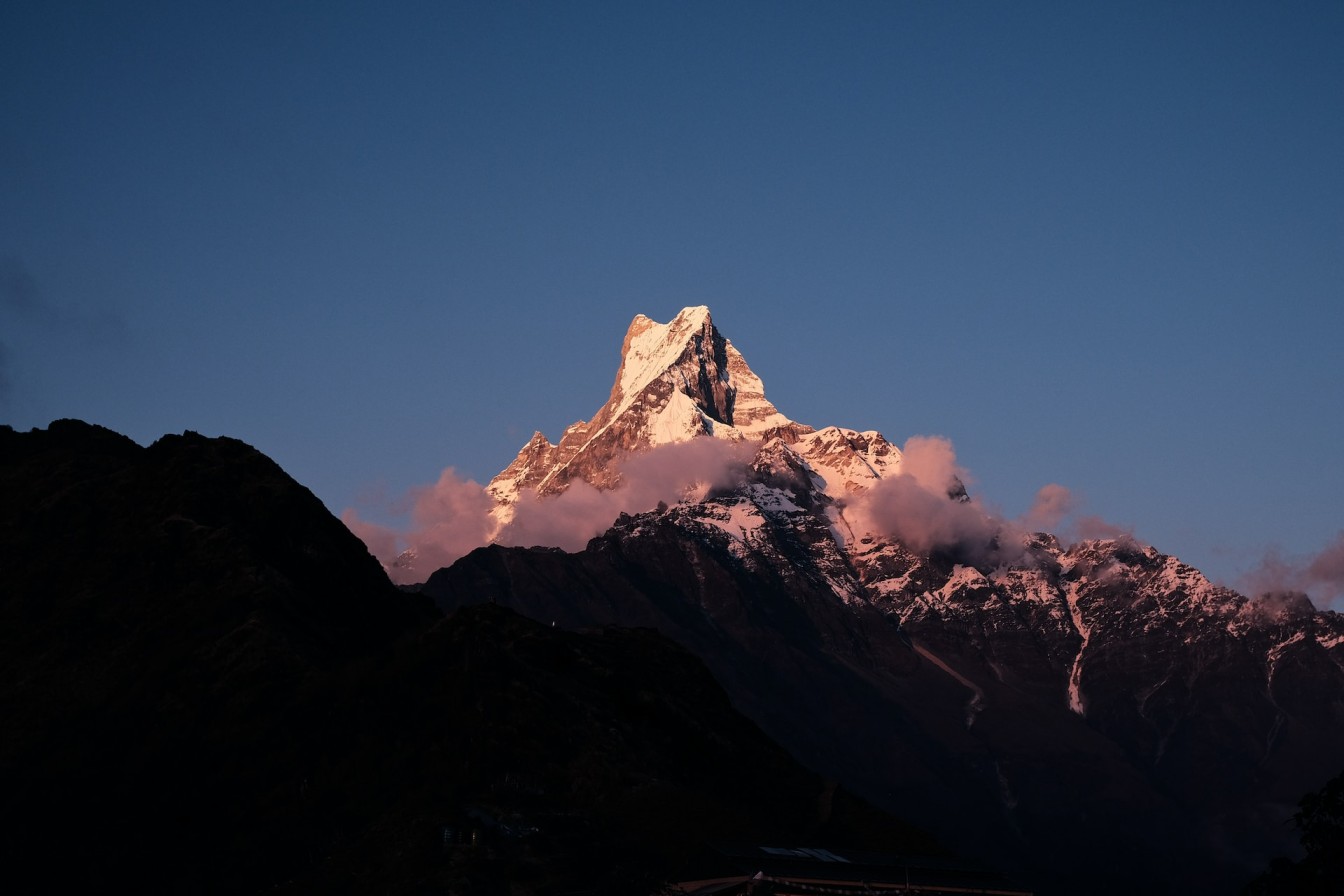
May 29
Everest Base Camp Trek
Introduction
Ever dreamed of standing at the base of the world’s highest peak? The Everest Base Camp Trek is a bucket-list adventure that attracts thousands of trekkers each year. It’s not just about the thrill of trekking in the Himalayas, but also about soaking in the stunning landscapes, experiencing the unique Sherpa culture, and achieving a personal milestone.
What is the Everest Base Camp Trek?
The Everest Base Camp Trek is a challenging and rewarding journey that takes you to the base camp of Mount Everest, the tallest mountain on Earth. This trek, steeped in history and adventure, offers trekkers a chance to walk in the footsteps of legendary mountaineers like Sir Edmund Hillary and Tenzing Norgay.
Why Trek to Everest Base Camp?
Adventure and Thrill
Embarking on the Everest Base Camp Trek is an adventure of a lifetime. The rugged trails, high altitudes, and ever-changing weather conditions make it a thrilling experience. Every step brings a new challenge and a sense of accomplishment.
Scenic Beauty and Landscapes
The trek offers some of the most breathtaking scenery in the world. From lush green forests and quaint Sherpa villages to stark, high-altitude landscapes and majestic snow-capped peaks, the visual feast is unparalleled.
Cultural Experiences
The Everest region is home to the Sherpa people, known for their mountaineering skills and rich cultural heritage. Trekkers get a unique opportunity to visit monasteries, experience traditional Sherpa hospitality, and learn about their way of life.
Best Time to Trek
Peak Seasons
The best time to trek to Everest Base Camp is during the pre-monsoon (spring) and post-monsoon (autumn) seasons. March to May and September to November offer clear skies, stable weather, and spectacular views.
Off-Peak Seasons
While the winter (December to February) and monsoon (June to August) seasons are less crowded, they come with their own challenges. Winter treks are cold and can be snowy, while monsoon treks are wet and can be hindered by landslides and leeches.
Weather Considerations
Weather in the Everest region can be unpredictable. It’s essential to be prepared for varying conditions, from sunny days to sudden snowstorms. Layered clothing and proper gear are crucial for a comfortable trek.
How to Prepare for the Trek
Physical Fitness
A good level of fitness is essential for the Everest Base Camp Trek. Cardiovascular endurance, strength, and flexibility training will help you cope with the long days of walking and the high altitude.
Essential Gear and Packing List
Packing the right gear can make or break your trek. Essentials include sturdy trekking boots, layered clothing, a good quality sleeping bag, a backpack, and trekking poles. Don’t forget first aid supplies and personal items.
Acclimatization Tips
Acclimatization is key to avoiding altitude sickness. Take it slow, drink plenty of water, and include rest days in your itinerary. Diamox can also help with acclimatization, but consult with a doctor before taking any medication.
The Route to Everest Base Camp
Starting Point: Lukla
The trek begins with a flight from Kathmandu to Lukla, a small town perched on a hillside. The airport in Lukla is famous for its short and dramatic runway, setting the tone for the adventure ahead.
Key Stops Along the Way
The trail passes through several important stops, including Phakding, Namche Bazaar, Tengboche, Dingboche, and Lobuche. Each stop offers unique experiences and beautiful landscapes.
Final Destination: Everest Base Camp
Reaching Everest Base Camp, at an altitude of 5,364 meters, is a moment of triumph. The base camp itself is a sprawling tent city during the climbing season, bustling with activity as climbers prepare for their ascent.
Day-by-Day Itinerary
Day 1: Arrival in Kathmandu
Explore the city and prepare for the trek.
Day 2: Fly to Lukla, Trek to Phakding
Short flight, followed by a 3-4 hour trek to Phakding.
Day 3: Trek to Namche Bazaar
A challenging day with a steep climb to Namche Bazaar.
Day 4: Acclimatization Day in Namche Bazaar
Rest and explore the vibrant market town.
Day 5: Trek to Tengboche
Visit the famous Tengboche Monastery.
Day 6: Trek to Dingboche
Continue through the Imja Khola Valley.
Day 7: Acclimatization Day in Dingboche
Optional hike to Nagarjun Hill.
Day 8: Trek to Lobuche
Pass through the Khumbu Glacier and memorials for climbers.
Day 9: Trek to Everest Base Camp via Gorak Shep
Reach the base camp and return to Gorak Shep for the night.
Day 10: Hike to Kala Patthar, Trek to Pheriche
Early morning hike for panoramic views, then descend to Pheriche.
Day 11: Trek to Namche Bazaar
Retrace steps back to Namche Bazaar.
Day 12: Trek to Lukla
Final day of trekking.
Day 13: Fly back to Kathmandu
End of the trekking adventure.
Accommodation and Food
Types of Accommodation Available
Tea houses are the most common form of accommodation on the trek. These are basic lodges offering a bed and meals. Some have attached bathrooms, but most have shared facilities.
Food Options and Dietary Considerations
Meals on the trek typically include a variety of local and international dishes. Dal Bhat (lentil soup with rice) is a staple. Vegetarians will find plenty of options, and it’s advisable to stick to vegetarian meals to avoid foodborne illnesses.
Permits and Regulations
Required Permits
Trekkers need two main permits: the TIMS (Trekkers' Information Management System) card and the Sagarmatha National Park Entry Permit. These can be obtained in Kathmandu or through trekking agencies.
Rules and Regulations to Follow
Respect local customs, carry out all trash, and stay on designated trails. Follow the guidance of your guide or trek leader to ensure safety and compliance with regulations.
Guided vs. Independent Trekking
Pros and Cons of Guided Treks
Guided treks offer the advantage of local knowledge, logistical support, and increased safety. However, they can be more expensive than trekking independently.
Pros and Cons of Independent Treks
Independent trekking offers more flexibility and can be cheaper. However, it requires more preparation, and trekkers must be self-reliant and prepared to handle any issues that arise.
Health and Safety Tips
Altitude Sickness Prevention
To prevent altitude sickness, acclimatize properly, ascend slowly, and stay hydrated. Be aware of symptoms like headaches, dizziness, and nausea, and descend if they worsen.
Staying Healthy on the Trail
Maintain good hygiene, purify water before drinking, and eat well-cooked food. Carry a basic first aid kit and necessary medications.
Emergency Procedures
In case of an emergency, inform your guide or lodge owner. Helicopter evacuations are available but can be costly, so insurance that covers high-altitude trekking is recommended.
Cultural Etiquette
Respecting Local Customs and Traditions
Always ask for permission before taking photos of people, dress modestly, and be respectful in religious sites. Small gestures like learning a few Nepali phrases can go a long way.
Interaction with Locals
Engage with locals with an open mind and heart. They are usually very friendly and welcoming, and learning about their lifestyle can enrich your trekking experience.
Sustainable Trekking Practices
Environmental Considerations
Minimize your impact by sticking to trails, not littering, and avoiding single-use plastics. Use eco-friendly products and support local conservation efforts.
How to Minimize Your Impact
Pack out all trash, use biodegradable soap, and conserve water and energy. Respect wildlife and plant life, and support businesses that prioritize sustainability.
Cost of the Trek
Breakdown of Expenses
Major costs include flights to and from Lukla, permits, accommodation, food, and gear. Additional expenses might include guide and porter fees, insurance, and tips.
Tips for Budgeting
Plan your budget carefully, accounting for both expected and unexpected expenses. Booking in advance and traveling in a group can help reduce costs.
Conclusion
The Everest Base Camp Trek is not just a trek; it’s an unforgettable journey through some of the most spectacular landscapes on Earth, offering rich cultural experiences and a chance to challenge yourself. Whether you’re an experienced trekker or a beginner, the sense of achievement upon reaching Everest Base Camp is unparalleled.
FAQs
What is the difficulty level of the Everest Base Camp Trek?
The trek is moderately difficult, requiring good physical fitness and some prior trekking experience. It involves long days of walking and high altitudes.
How long does the Everest Base Camp Trek take?
The standard trek takes about 12-14 days, including acclimatization days. The exact duration can vary based on the itinerary and weather conditions.
What should I pack for the Everest Base Camp Trek?
Essential items include sturdy trekking boots, layered clothing, a warm sleeping bag, a backpack, trekking poles, a first aid kit, and personal hygiene items.
Is it safe to trek to Everest Base Camp?
Yes, it is generally safe if you are well-prepared and take necessary precautions. Acclimatization, proper gear, and following safety guidelines are crucial.
Can beginners undertake the Everest Base Camp Trek?
Beginners can undertake the trek with proper preparation, physical fitness training, and possibly joining a guided trek for additional support and safety.
More Blogs
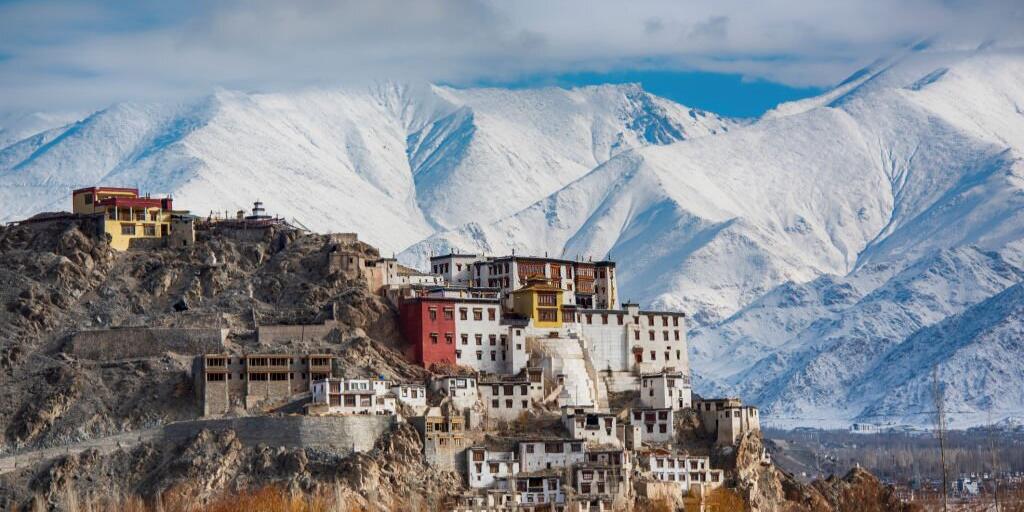
Jan 31
Places to Visit in Mustang on a Budget
Are you looking for Places to visit in Mustang? Don’t worry you will find it here! Mustang is an incredibly unique and beautiful regi..
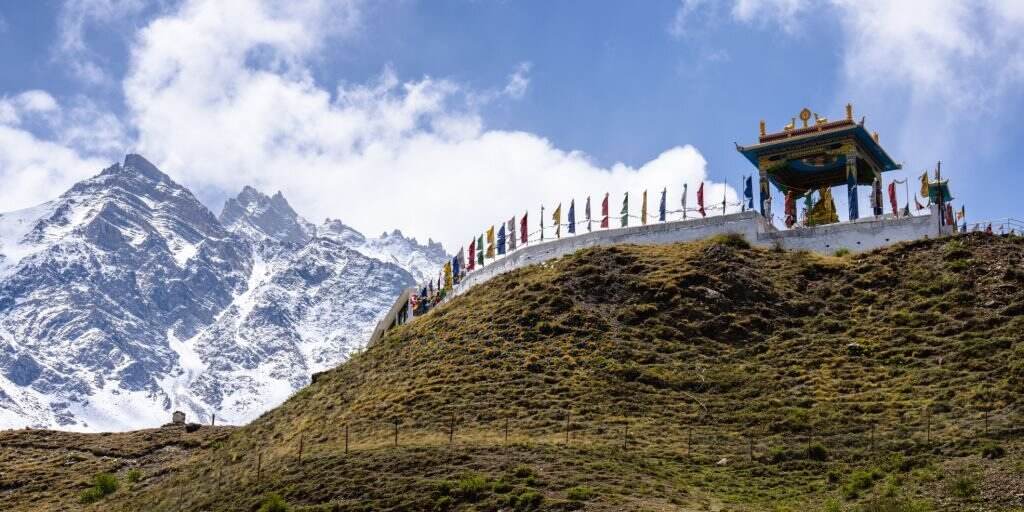
Feb 02
Best Time to Visit Mustang Nepal on 2024
Best time to visit mustang Nepal is during the spring March to May) and autumn (September to November) seasons. But why? You will know ..

Feb 07
Is Nepal safe for female travelers?
Is Nepal safe for female travelers? Obviously Yes !!. In the United States, 65% of women travel alone, according to a Booking.com surv..

